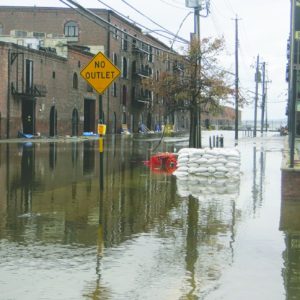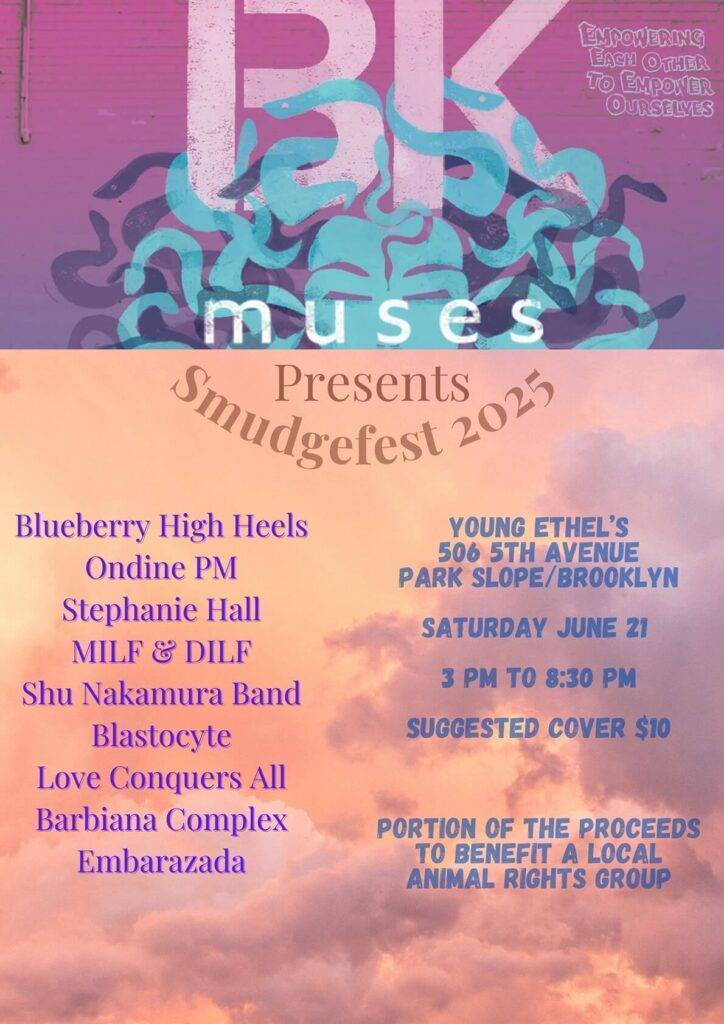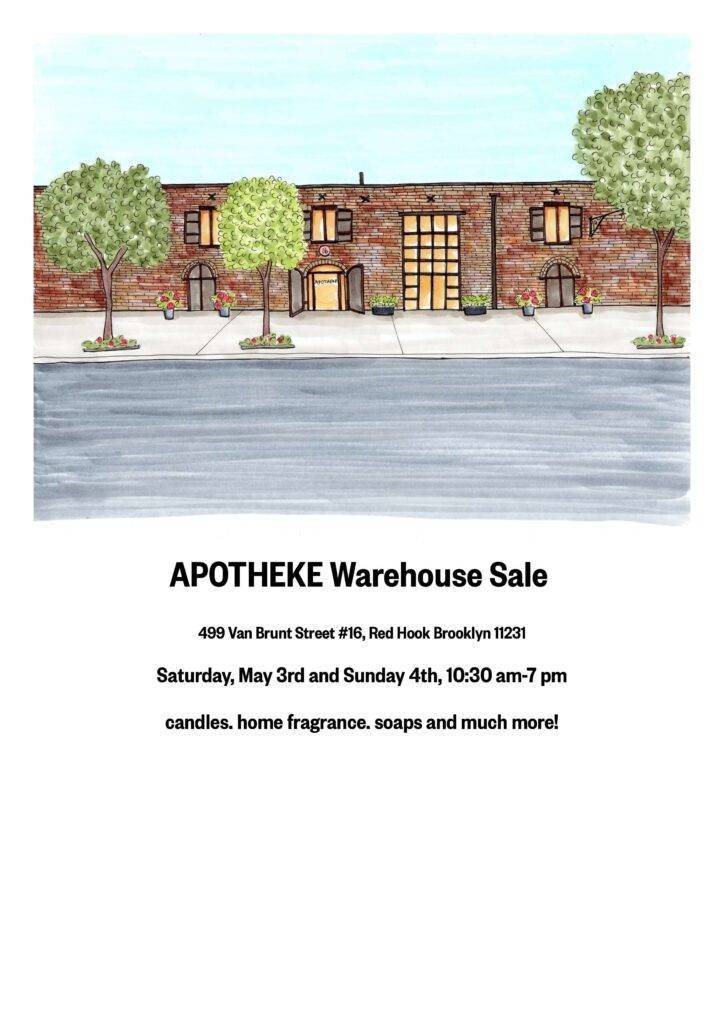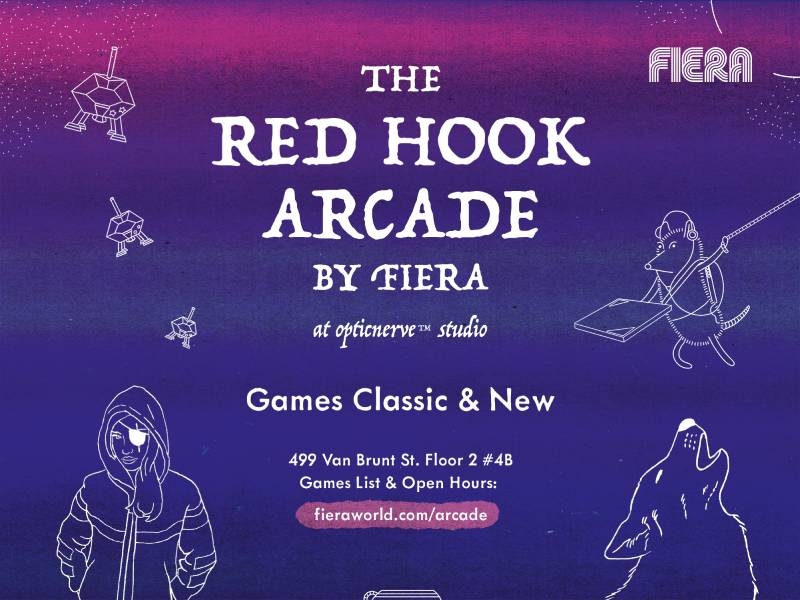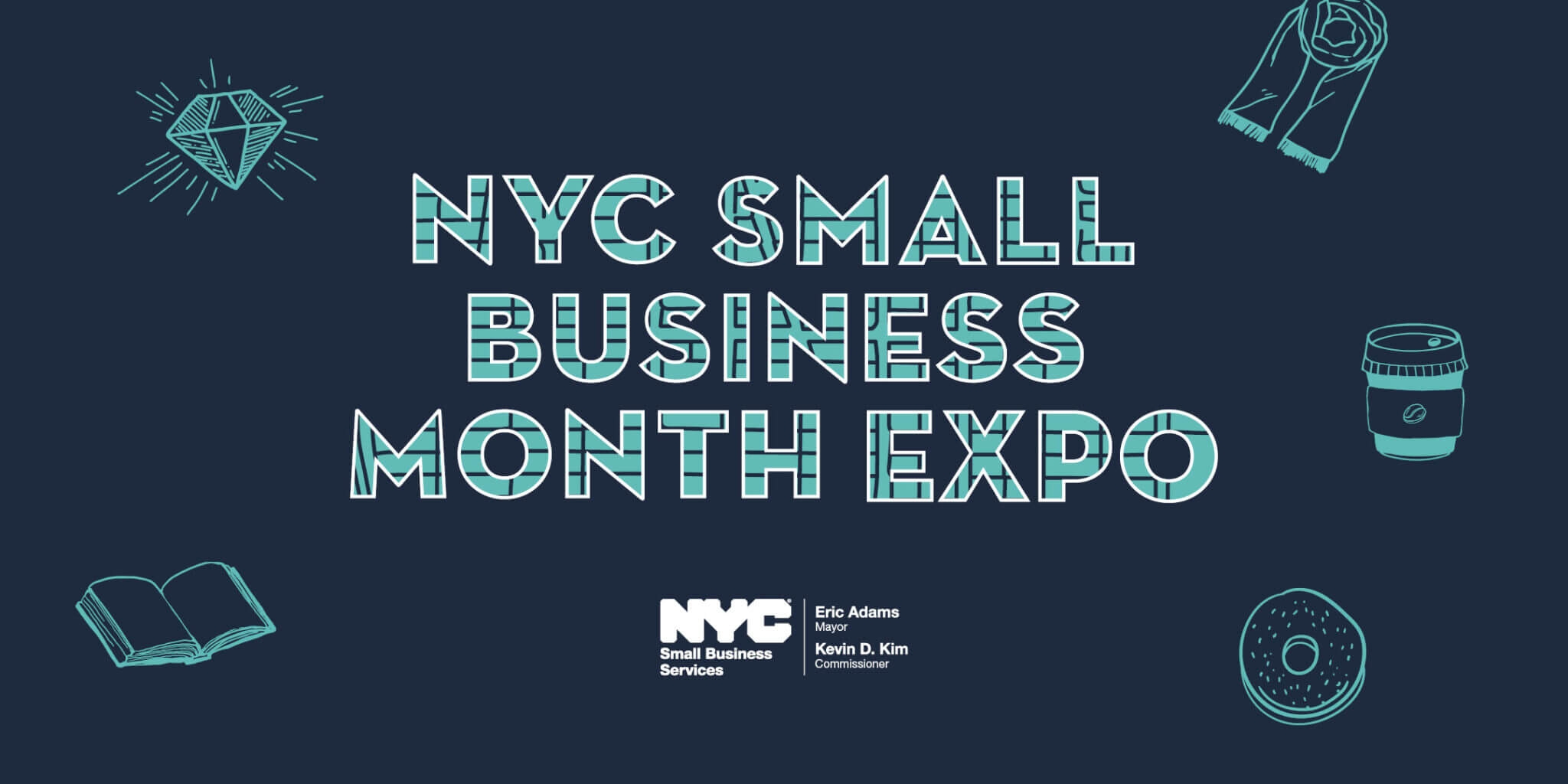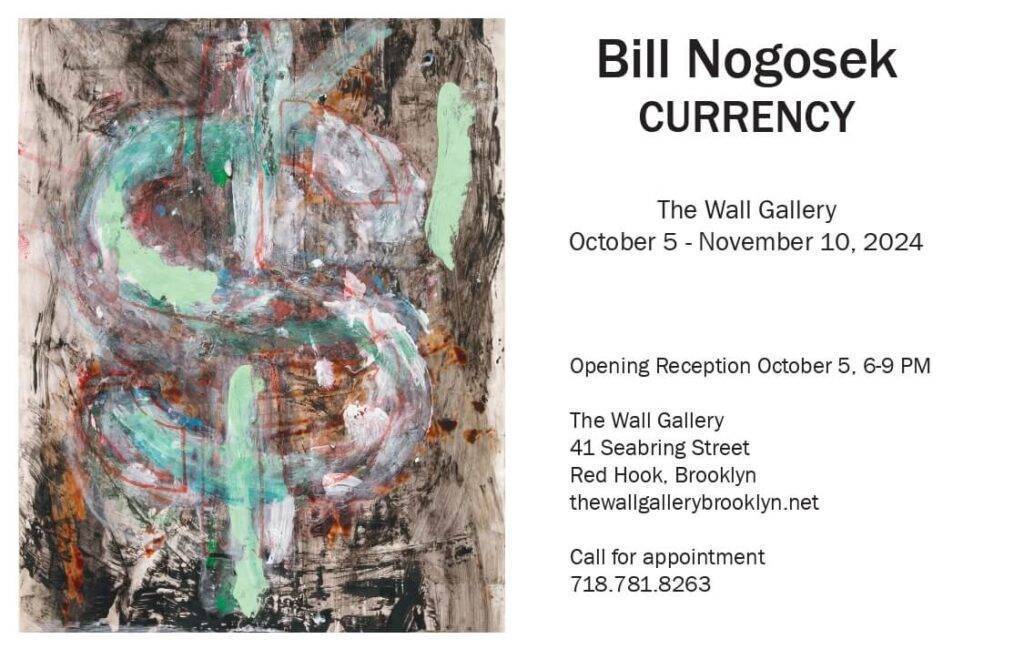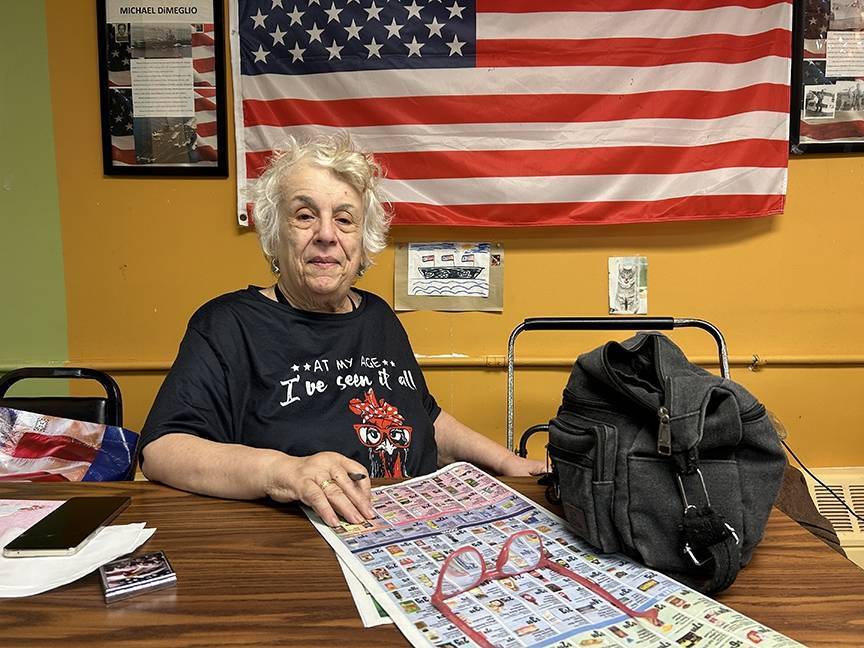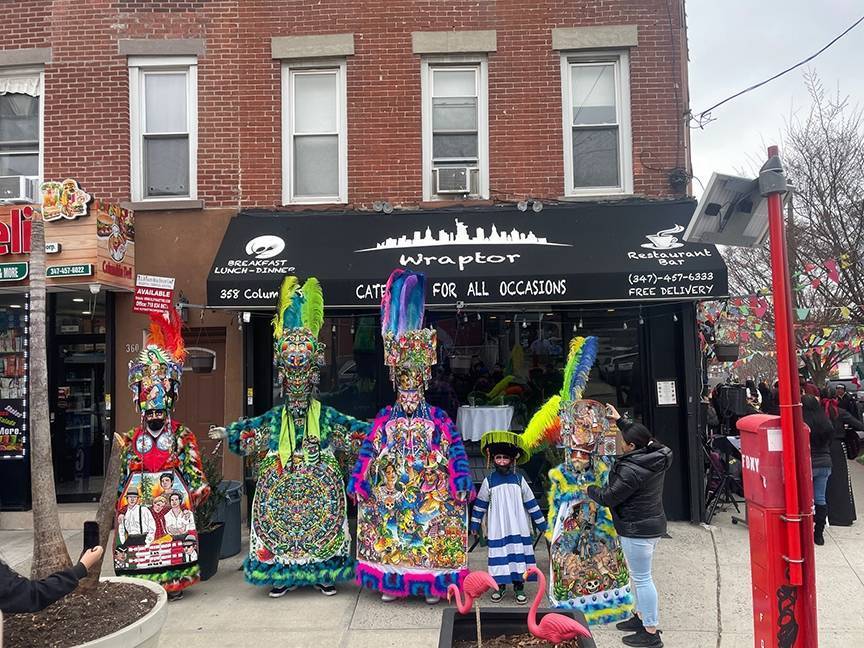The number-one issue that 98 percent of New Yorkers care about is affordable housing. I have been studying the successful affordable housing programs in Singapore. New York City could learn a lot.
Let’s look at the work of Singapore Prime Minister Lee Kuan Yew. This guy was loved by the masses. Lee Kuan Yew was originally a union organizer and negotiator. He created a coalition that included socialists, and unions, and he rose to power in a tumultuous time. As Singapore was gaining independence from the UK, he was the first elected Prime Minister of this tiny city-state, located in Southeast Asia. “LKY,” as he was known, got reelected and held power for three decades in Singapore. He lifted the country out of poverty. His lifetime overlaps with Mao Tse Tung, but he is not as well-known, maybe because he was less ideological, and more pragmatic.
LKY’s big innovation in housing was to have the government directly build quality high-rises that people wanted to live in. He helped working people to buy these new apartments, with the Singapore government kicking in matching funds. A worker could save up to 5 percent of their wages in a government bank account, and the government would match each dollar of their savings contribution. Soon, working people in Singapore went from a housing crisis, to 92 percent home ownership. Today in NYC, we have 33 percent home ownership. The average rate in the USA overall is 64 percent.
Rent is a ripoff. We pay a big percentage of our income to a landlord, but we don’t get any long-term benefit. We get a temporary place to live, maybe on a one-year lease. A mortgage (if you can get one) is when you buy where you live and a third party, like a bank, credit union, or a government funding vehicle, finances the purchase, and breaks it down into payments. Instead of paying rent, you are paying toward owning land and living space, something that steadily goes up in value over time. As Bill Heywood used to say, “Nothing is too good for the working-class.” Home ownership would be a great benefit to working people, even if most of us in NYC don’t even think about it, due to the huge financial hurdles. Those hurdles don’t have to be there.
Home owners tend to be more interested in improving their living spaces, in maintaining a building’s infrastructure, creating the goodwill of shared common spaces, and maintaining exteriors, for the mutual benefit of the whole neighborhood. But many of us in NYC can’t think of owning a home. We are dominated by our culture’s blind faith in the free market. That free market is a volatile monster that favors real estate developers, economic roller-coasters, gentrification and displacement. It has chased us around this city, and has robbed us of the long-term and stable housing that is our human right.
Housing can also be a way to fight racism. In Singapore, before LKY, there was a lot of rivalry between ethnic Chinese, Malays, and Indians, the three main racial groups. But in the new Singapore housing, racial diversity was mandatory: every floor of each apartment building had an equal representation of the various racial groups in Singapore. They did this to prevent the build-up of racial tension, by neighborhood or building.
Here in New York City the situation is dire. No new public housing projects have been built since 1997. 1997 was 23 years ago. Rent in NYC commands an abnormally high percentage of wages. NYCHA units are on an “affordable rent” model, but they are falling apart. The broken locks on front doors and the scent of urine in the stairwells seem to be representative of the smell of defeat. There’s a huge backlog of repair requests. The mayor is currently rolling out a private-public partnership, called “RAD.” It’s not enough.
The rate of home ownership in NYC is extremely low, and no one is addressing this. 33 percent home ownership is half the national average in the USA. We’re supposed to be the greatest city in the world, but we don’t take care of our people. We don’t make housing a human right. That has to change. Capital has a role to play here, not capitalism. The city government needs to set up a new public interest bank to contribute matching funds for affordable home ownership in NYC. We need to build more projects of quality affordable housing, like in Singapore.

